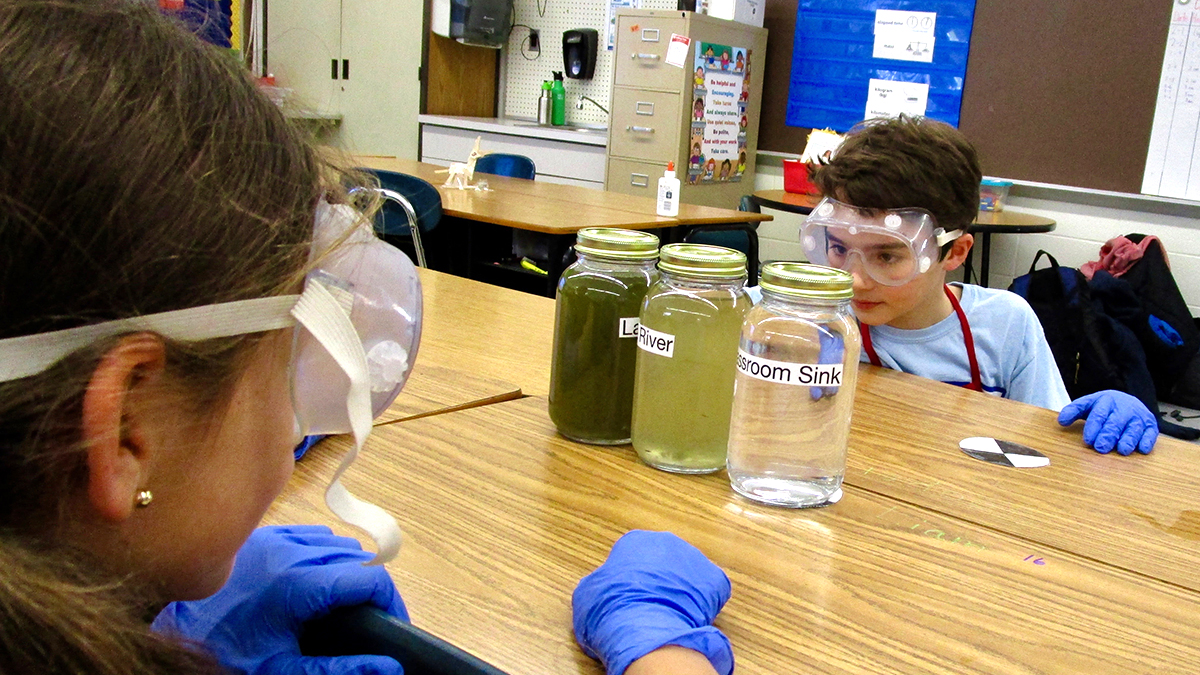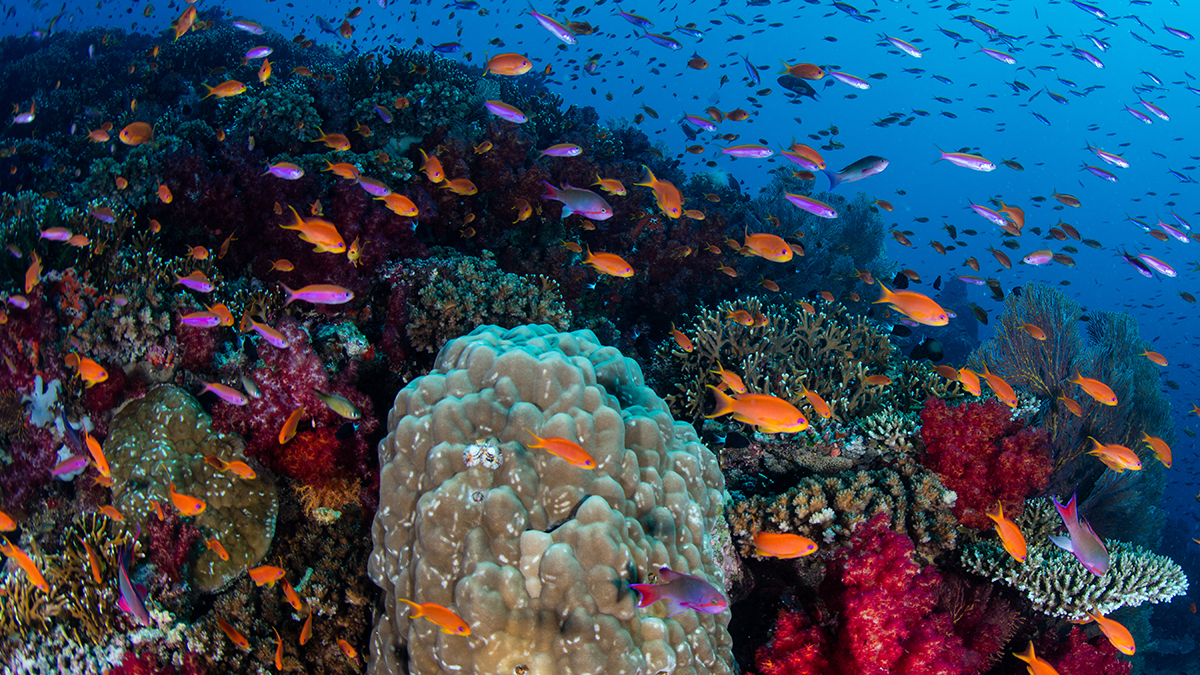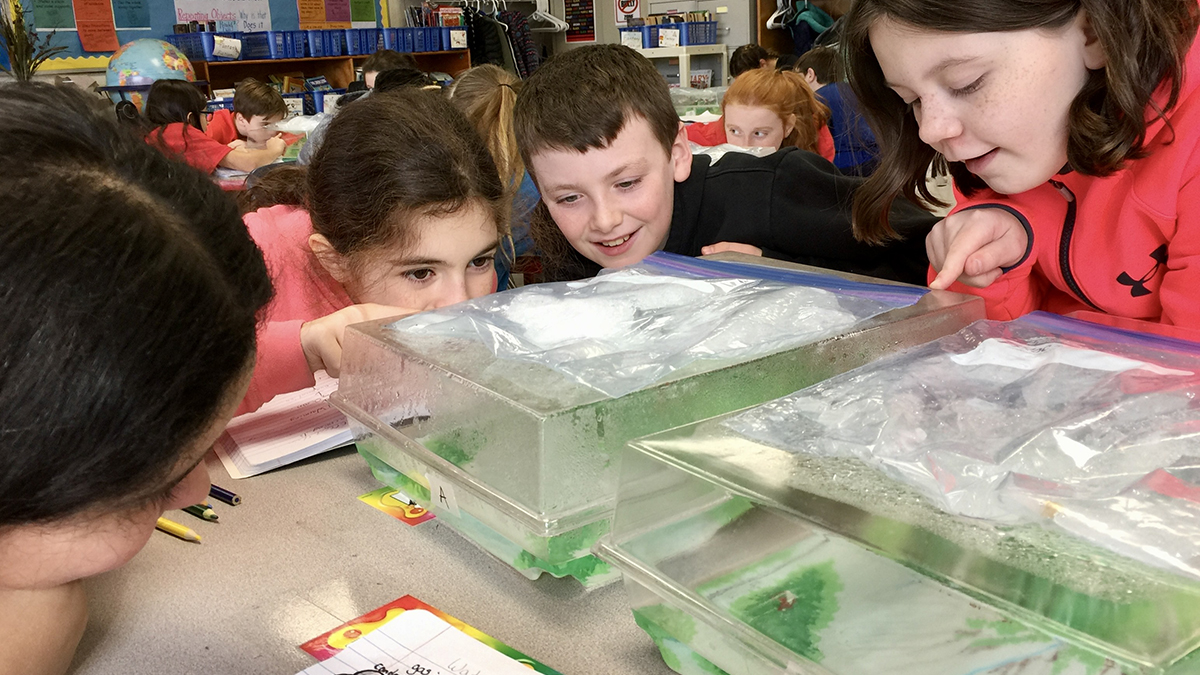teaching teachers
Saving a Swamp: Fifth-Grade Students to the Rescue!
Science and Children—March/April 2022 (Volume 59, Issue 4)
By Susan Erickson
start with phenomena
Supporting Three-Dimensional Learning From Students’ Questions About Water With a Storyline Unit
Science and Children—March/April 2022 (Volume 59, Issue 4)
By Gretchen Brinza, Katie Larson, Amy McGreal, and Michael Novak
engineering encounters
Wipe Out: Preventing Water Hazards
Science and Children—March/April 2022 (Volume 59, Issue 4)
By Jordan Holub and Jerrid Kruse
cross-curricular connections
Working on a Pollution Solution
Science and Children—March/April 2022 (Volume 59, Issue 4)
By Frances Hamilton and Kelli Welch
Science 101
Q: What’s Cool About Water?
feature
What's the Big Deal About Ocean Acidification?
Fifth-grade students from an inland community discover a local connection to our ocean
feature
What Is Happening to Our Water?
Students assist a scientist in a local water investigation
Science and Children—March/April 2022 (Volume 59, Issue 4)
By Abigail Recker, Bridget Mulvey, and Joseph Ortiz

feature
Ocean Influences Climate
Modeling to understand the interdependence of Earth’s systems
feature
The Water We Drink
A unit about the importance of water for kindergarteners
Science and Children—March/April 2022 (Volume 59, Issue 4)
By Barbara A. Bradley and A. Allen Bradley Jr.

feature
Engineering the Coast
An integrated set of three design challenges to explore living shorelines
Science and Children—March/April 2022 (Volume 59, Issue 4)
By Stephanie Sisk-Hilton and Sarah Davies Ferner






